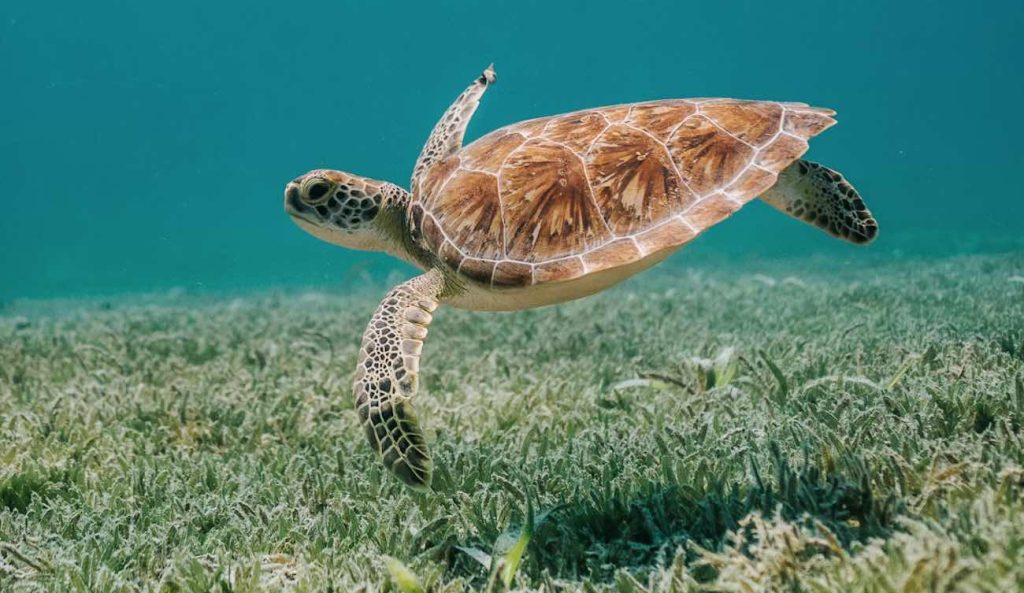
Loggerhead sea turtle nesting in Georgia hit a new high this week as the big reptiles beat their modern-day best for most nests on the state’s Atlantic Ocean beaches.
With hatchings still surging, the nest count reached 3,960 on Wednesday—the largest count in 33 years, since surveys began in the U.S. state in 1989.
That total beat the previous record of 3,950 nests set in 2019, according to the Georgia Department of Natural Resources.
Even more impressive is the ten-fold increase in sea turtle nests since its lowest point of 358 nests in 2004.
“Loggerheads are a long-lived species that don’t reproduce until 30-35 years of age,” said Georgia Sea Turtle Program Coordinator Mark Dodd, a senior wildlife biologist with the DNR.
The region’s population of loggerheads—listed as threatened under the Endangered Species Act–has been increasing at approximately 4 percent annually since the early 1990s. But, based on current trends, Dodd predicts it will take at least another 20 years before recovery goals are reached.
RELATED: 500% Boom in Numbers of Eggs Laid By Breeding Green Sea Turtles
The model also suggests loggerhead numbers will increase again, possibly reaching levels not seen since the late 1950s.
Weighing 300 pounds or more, female loggerheads crawl ashore on beaches, dig a hole at the base of the dunes and lay their eggs, usually at night, from May into August.
All sea turtle nests, including those of species that seldom nest here such as Kemp’s ridley and green, are marked, protected and monitored by the Georgia Sea Turtle Cooperative. The DNR-coordinated network of federally permitted volunteers, researchers, and agency employees have patrolled the beaches daily during nesting season for more than 30 years.
LOOK: Volunteers in Texas Saved Thousands Of Sea Turtles From The Shocking Cold Weather

Georgians contribute to the program by purchasing special automobile license plates featuring wildlife, which cost only $25 more than a standard plate to buy or renew.
What You Can Do:
- Minimize beachfront lighting during nesting season. Turn off, shield or redirect lights.
- When walking the beach at night, don’t use flashlights and flash photography. They can deter turtles from coming ashore to nest or cause them to abort nesting.
- If you encounter a sea turtle on the beach – including hatchlings – remain quiet, still and observe them only from a distance.
- Leave turtle tracks undisturbed. Researchers use them to identify the species and mark nests for protection.
- Protect beach vegetation: It stabilizes sand and the natural coastline.
- When boating, stay alert and avoid turtles. Boaters who hit a sea turtle are urged to stand-by and immediately call DNR at 800-2-SAVE-ME (800-272-8363).
- Also report any dead or injured sea turtles seen at 800-272-8363. (If the turtle is tagged, include the tag color and number in the report if possible.)
CHECK OUT: New Tech for Saving Endangered Sea Turtles Uses Decoy GPS Eggs to Catch Poachers – And it Works
DOPHINITELY Share This Great News With Turtle Lovers on Social Media…




















